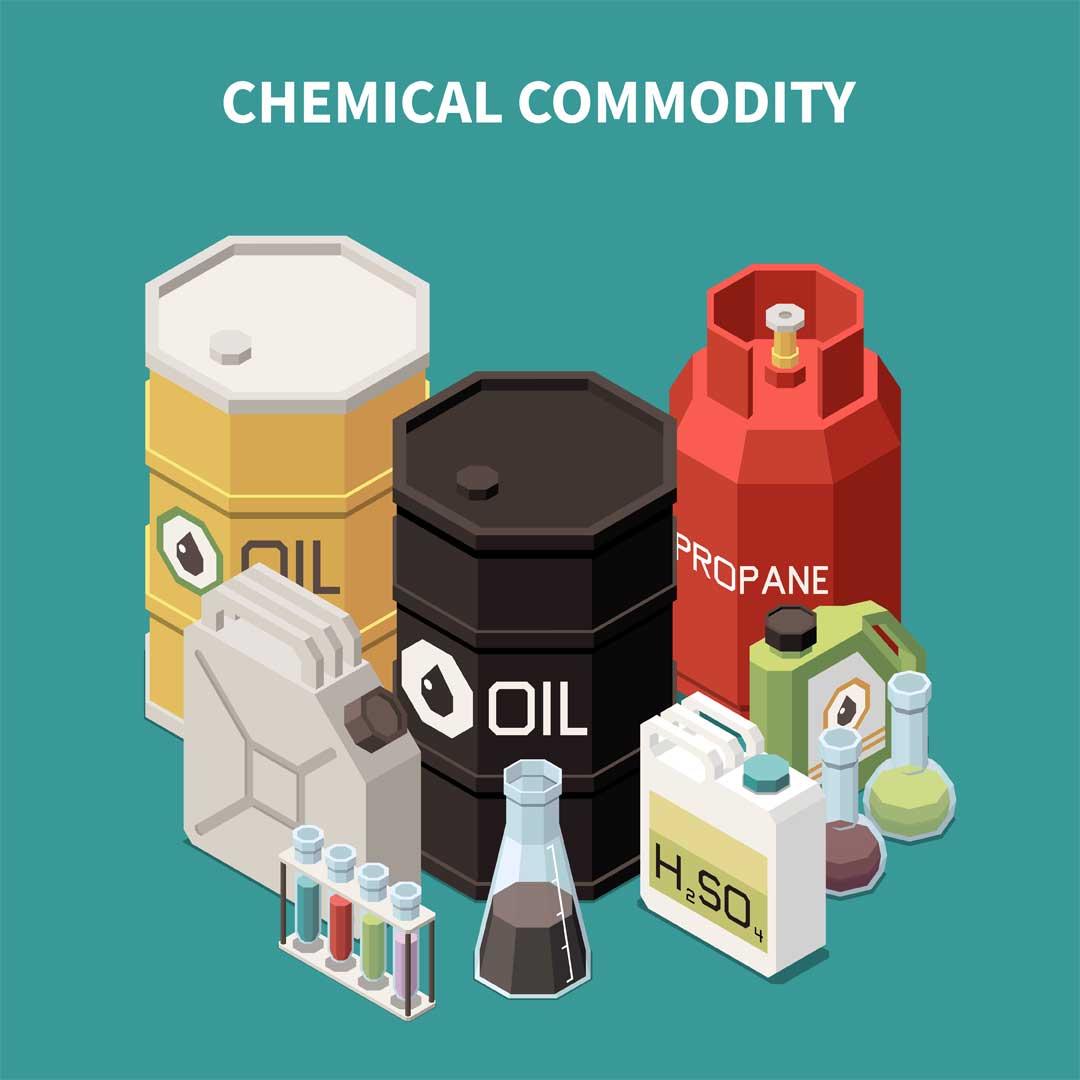Iran’s petrochemical and plastic exports to Afghanistan play a vital role in non-oil trade. This blog explores key produ...
The Historical Journey and Modern Applications of Bitumen
The Evolution of Bitumen: From Ancient Origins to Modern Applications
Bitumen, one of the oldest known engineering materials, has a rich and extensive history that spans thousands of years. Its versatile properties as an adhesive, sealant, and waterproofing agent have made it invaluable in construction and various industrial applications.
Early Uses of Bitumen
The history of bitumen dates back to the Middle Paleolithic period, with the earliest evidence found in archaeological sites. Ancient civilizations recognized its unique properties, utilizing it in various forms long before modern engineering emerged.
Iran is one the most producer of bitumen in the word if you need to connect wit Iranian Bitumen Supplier Send your RFQ Now.
Sumerians (circa 6000 BC):
The thriving ship-building industry in Sumerian utilized naturally occurring bitumen found in surface seepages. Its waterproofing capabilities were essential for creating durable ships that could withstand harsh maritime conditions.
Indus Valley Civilization (circa 3000 BC):
A well-preserved water tank from this era showcases the use of natural bitumen as a bonding agent for stone blocks. This innovative technique, which includes a vertical bituminous core in the tank walls, laid the groundwork for modern dam design.
Nebuchadnezzar's Era:
Historical records suggest that Nebuchadnezzar used bitumen for waterproofing the masonry of his palace and as grout for stone roads, highlighting its importance in ancient infrastructure.
Evolution of Bitumen in Engineering
The development of bitumen as a construction material saw minimal advancement until the 18th century. The modern industry began to take shape in the 1712s when bitumen stones were discovered in France. Early applications involved broadcasting tarry material as lumps on local roads, proving successful in improving road durability.
With the advancement of science and technology, the refining of bitumen from crude petroleum oils began in the 19th century, revolutionizing its applications. The early 1900s saw significant progress in refining techniques, particularly in the United States, leading to the emergence of a wide variety of contemporary industrial applications.
Properties of Bitumen
Bitumen possesses several unique properties that contribute to its versatility:
Adhesiveness:
Its ability to bond with various materials makes it an effective adhesive in construction.
Impermeability:
Bitumen is naturally waterproof, making it ideal for use in damp-proofing and waterproofing applications.
Malleability:
This characteristic allows bitumen to be easily molded and shaped during application.
Modern Applications of Bitumen
Today, bitumen is an essential material in numerous industries, with applications including
Road Construction:
The primary use of bitumen is in the construction and maintenance of roads, airfields, and all areas where asphalt is utilized.
Roofing:
Bitumen is widely used in roofing materials, providing effective waterproofing solutions.
Damp Proofing:
It serves as a damp-proofing agent in various construction applications.
Dam and Reservoir Linings:
Bitumen's impermeability makes it an ideal choice for lining reservoirs and pools.
Soundproofing:
It is utilized in soundproofing materials, enhancing acoustic performance.
Pipe Coatings:
Bitumen coatings are applied to pipes for protection against corrosion and environmental factors.
Paints and Sealants:
Bitumen is also incorporated into paints and sealants for enhanced durability and water resistance.
Conclusion
Bitumen’s versatility as a construction material is unparalleled, having been used for over 8,000 years as an adhesive, sealant, and waterproofing agent. The historical journey of bitumen—from ancient applications to modern refined products—demonstrates its enduring significance in engineering and construction. As the industry continues to evolve, bitumen will undoubtedly remain a vital component in developing and maintaining infrastructure worldwide.




